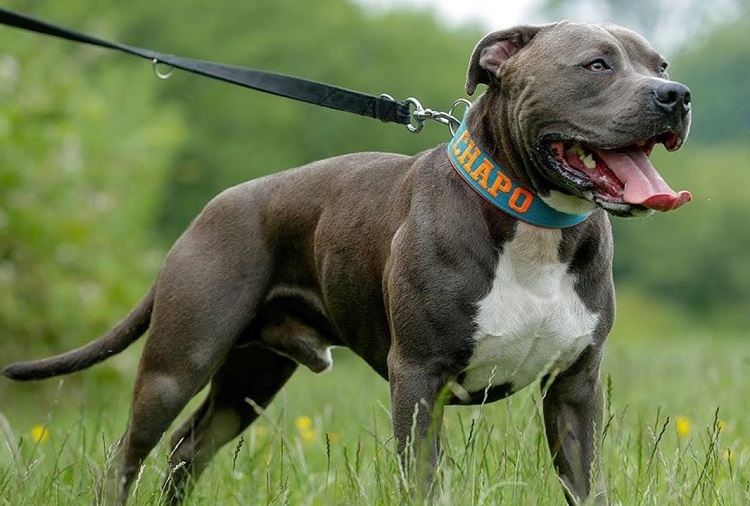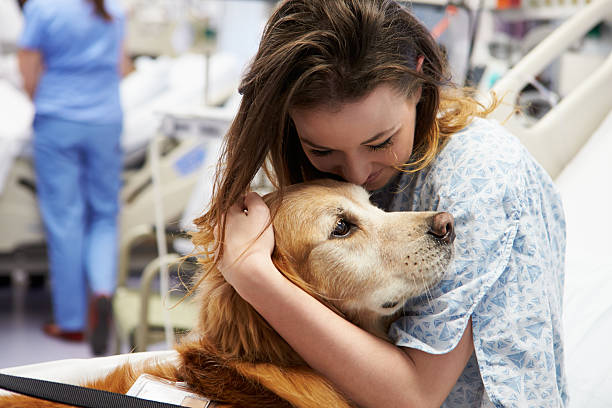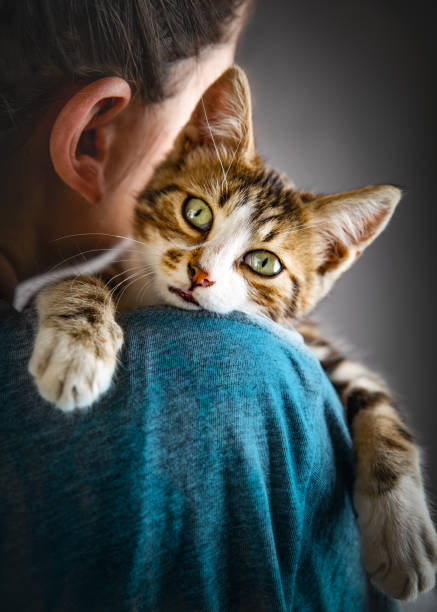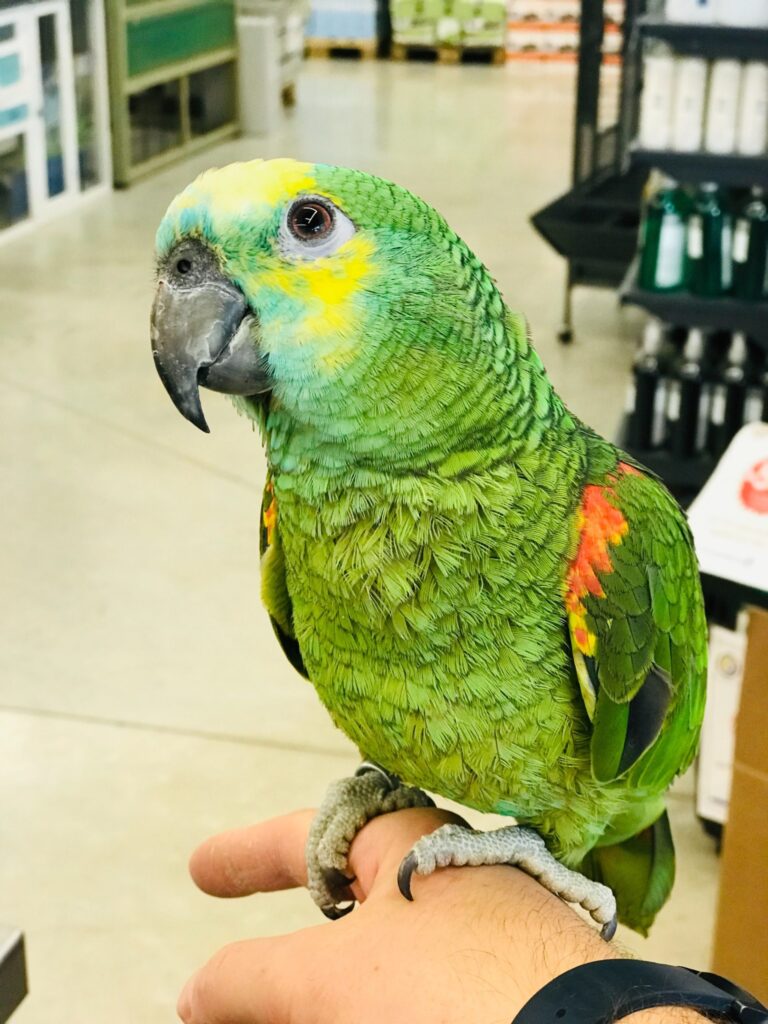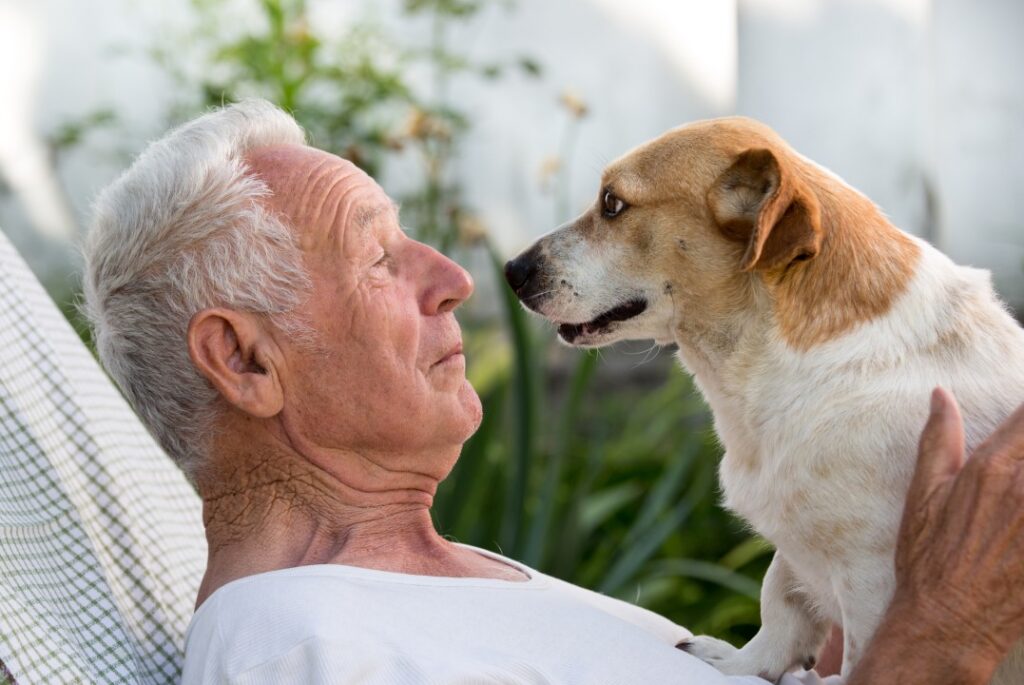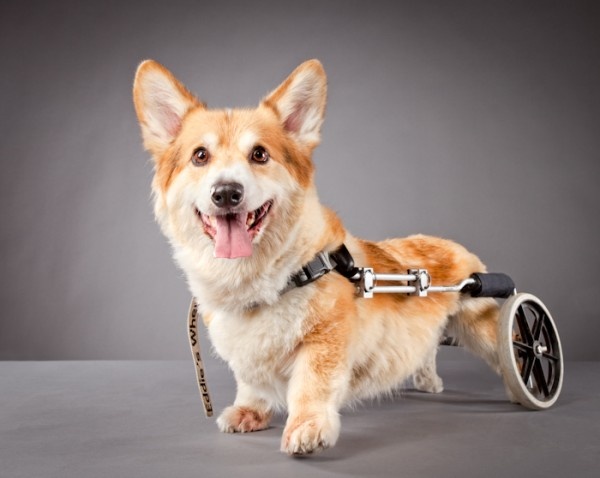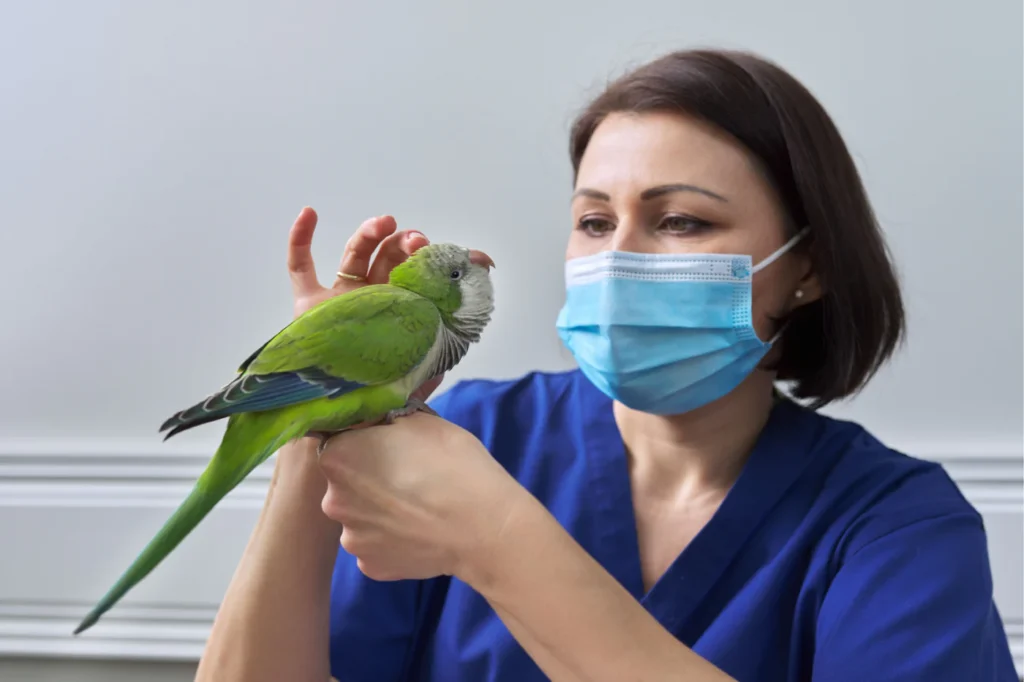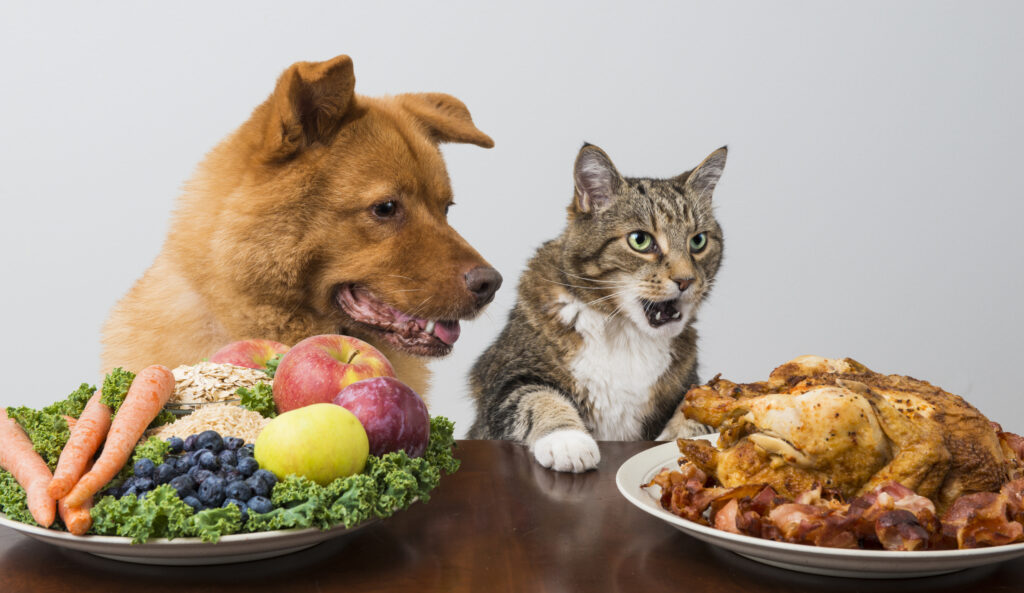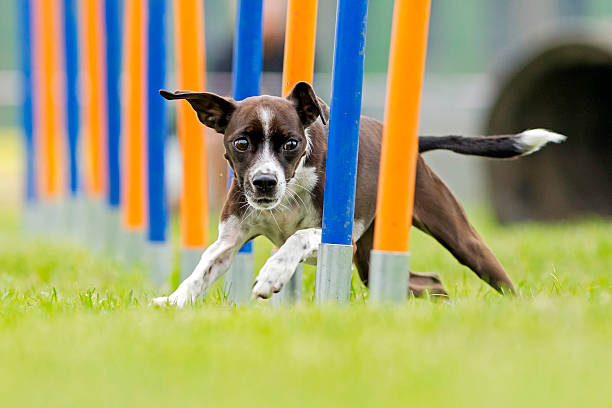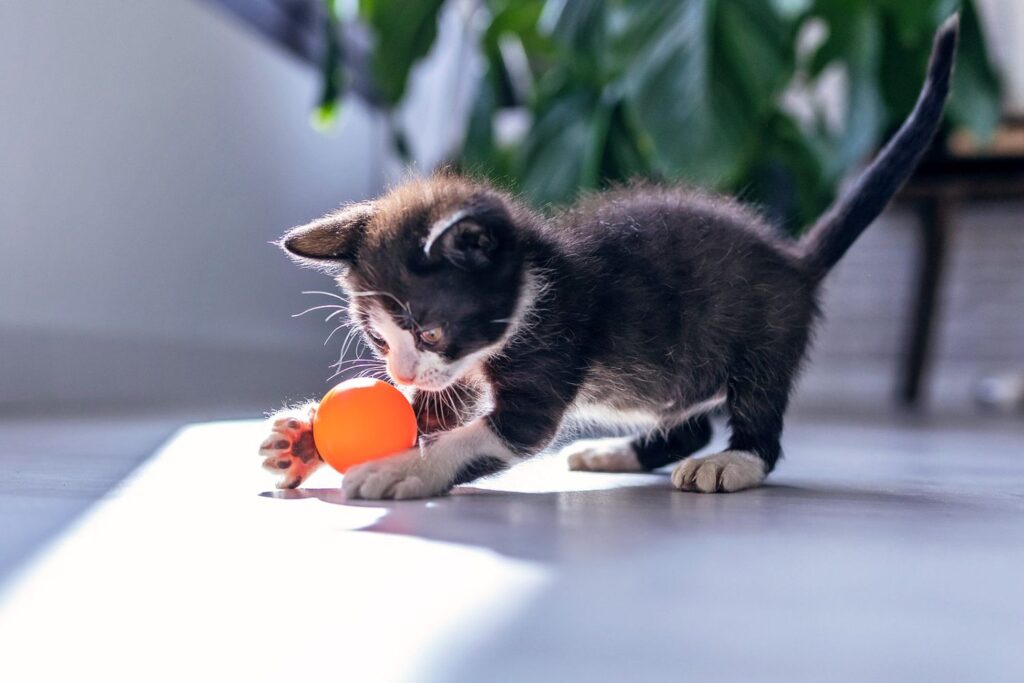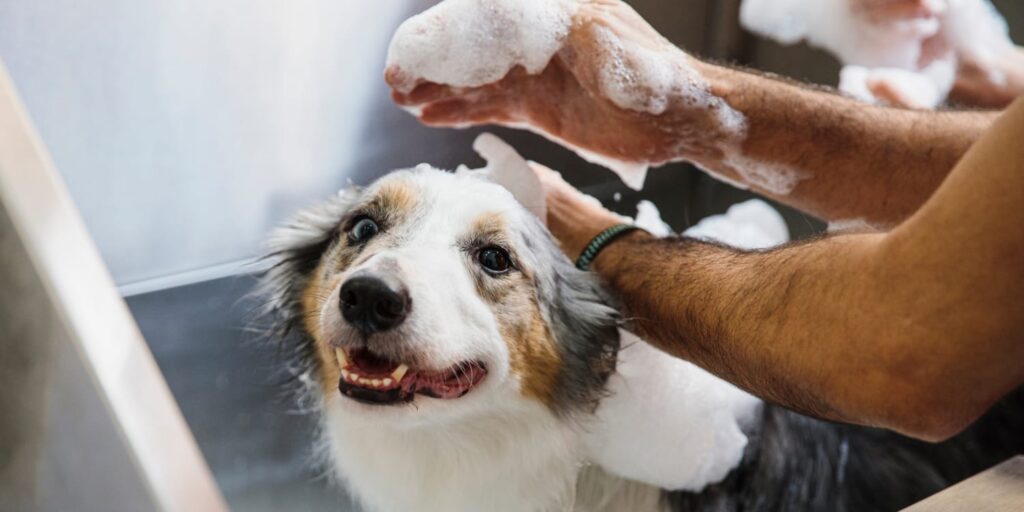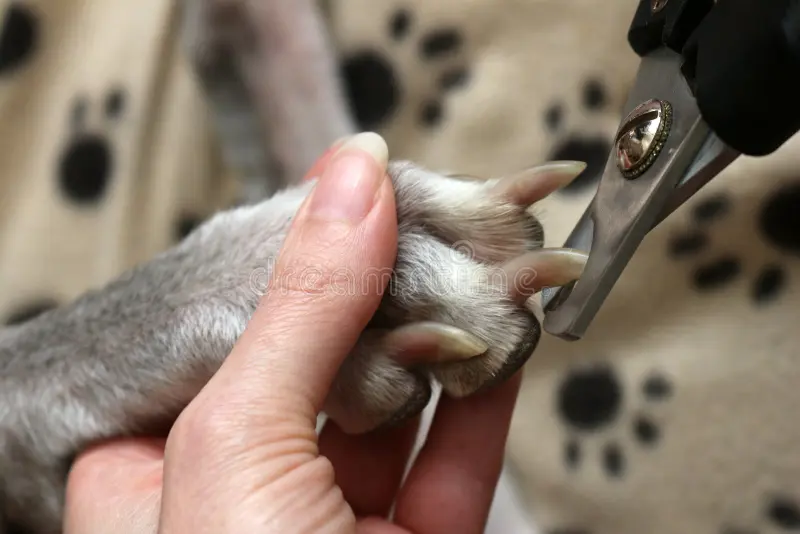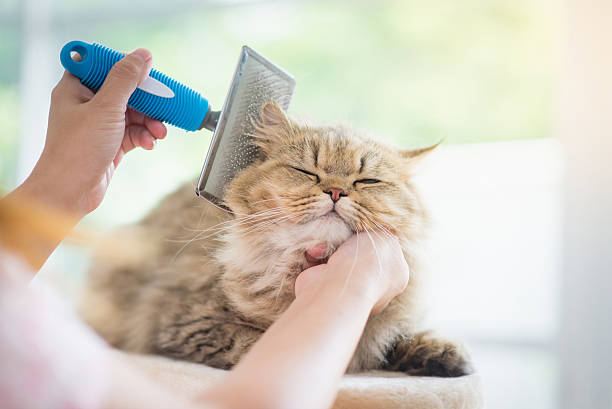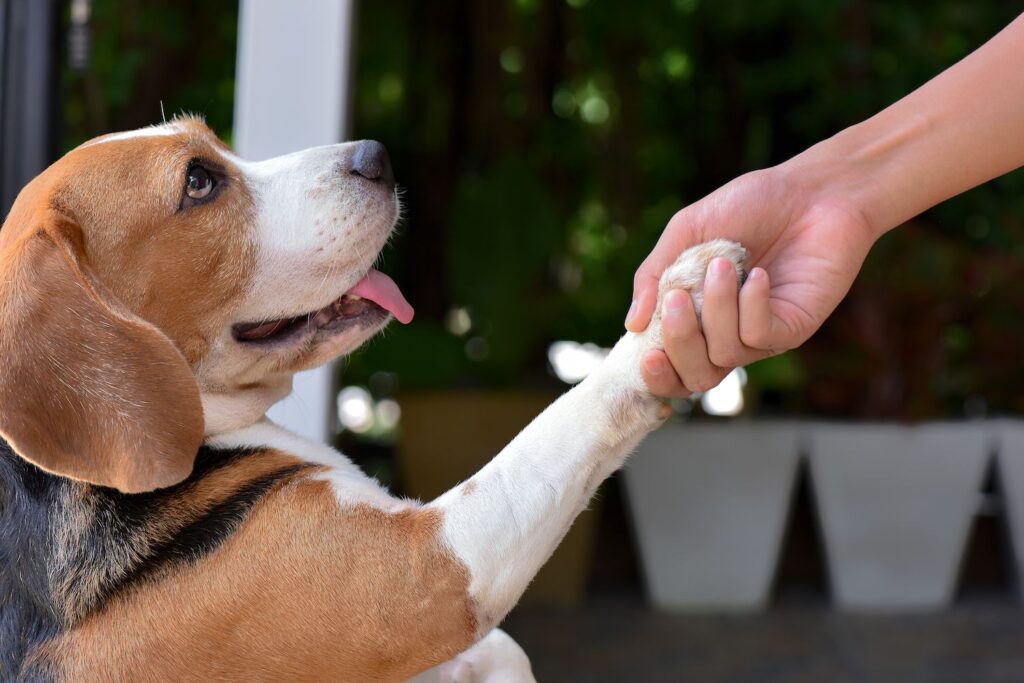Amazing Facts About Pet Euthanasia Revealed!

On more than one occasion, I’ve had to recommend pet euthanasia to pet owners/lovers and I must say it one of the hardest things I’ve had to do.
Saying goodbye to a beloved pet is one of the most difficult decisions pet owners may face. Yes, I think having to say goodbye to our pets is the hardest goodbye of all.
When a pet’s quality of life declines due to illness, injury, or old age, pet euthanasia becomes a compassionate option to relieve suffering and provide a peaceful passing.
In this article, we’ll explore what pet euthanasia entails, how to prepare for the process, and how to cope with the loss.
Understanding Pet Euthanasia
- What is Pet Euthanasia?
Pet euthanasia, also known as mercy killing or putting to sleep, is the intentional and humane act of ending a pet’s life to prevent further suffering. It is typically performed by administering a euthanasia solution, which induces a painless and peaceful passing.
- When is Pet Euthanasia Considered?
Pet euthanasia is considered when a pet’s quality of life is significantly compromised due to terminal illness, severe injury, chronic pain, or old age. It is a decision made out of love and compassion to prevent unnecessary suffering and maintain dignity in the pet’s final moments.
Here are some signs that may suggest your pet is not feeling well or is no longer enjoying a good quality of life:
1. Experiencing chronic pain that medication cannot control (your veterinarian can help assess if your pet is in pain).
2. Frequently vomiting or having diarrhea leading to dehydration and significant weight loss.
3. Refusal to eat or only eating when forced.
4. Incontinence leading to frequent soiling.
5. Loss of interest in favorite activities like walks, playing, eating treats, or seeking attention.
6. Difficulty standing or frequent falls while walking.
7. Chronic labored breathing or coughing.
These signs could indicate that your pet is suffering and may require medical attention or a discussion with your veterinarian about their quality of life.
Preparing for Pet Euthanasia
- Consultation with Veterinarian
Before making the decision for pet euthanasia, it’s crucial to consult with a veterinarian. The veterinarian is qualified and will assess your pet’s condition, discuss treatment options, and help you understand the prognosis. They can also provide guidance on when euthanasia may be appropriate and answer any questions or concerns you may have.
- Exploring Options and Making Decisions
During the consultation, you’ll have the opportunity to explore all available options and make informed decisions about your pet’s care. This may include discussing palliative care, pain management, and the possibility of hospice care. Ultimately, the decision to proceed with euthanasia should be based on what is best for your pet’s well-being.
- Creating a Comfortable Environment
In preparation for pet euthanasia, create a comfortable and peaceful environment for your pet’s final moments. Choose a familiar and quiet space where your pet feels safe and relaxed. Consider bringing along comforting items, such as favorite blankets or toys, to provide familiarity and comfort during the process.
What to Expect During the Process
Your veterinarian will typically explain the procedure before starting. Feel free to ask for further explanation if needed.
For small to medium-size pets, they are usually placed on a table, while larger dogs may be handled on the floor. Ensure your pet has a comfortable spot with a blanket or bed.
During the procedure, a trained veterinary technician will hold your pet to ensure it goes smoothly. If you’ll be present, make sure to give them enough space to work effectively. Your vet will guide you on where to stand so your pet can see and hear you.
- Sedation and Relaxation
Before administering the euthanasia solution, your veterinarian may administer a sedative to help your pet relax and become comfortable. This ensures that your pet is calm and peaceful throughout the process, minimizing any anxiety or discomfort.
- Administration of Euthanasia Solution
Once your pet is sedated, the veterinarian will administer the euthanasia solution, typically through an injection into a vein. The solution works quickly to induce unconsciousness and then stop the heart, resulting in a painless and peaceful passing.
- Pet’s Reaction and Passing
After the euthanasia solution is administered, your pet will gradually lose consciousness and peacefully pass away. The process is quick and painless, allowing your pet to drift off to sleep surrounded by love and comfort.
Coping with Grief and Loss
- Allowing Yourself to Grieve
The loss of a pet can trigger intense emotions, including sadness, grief, guilt, and even anger. Allow yourself to grieve and feel your emotions without judgment or criticism. Everyone copes with loss differently, so give yourself permission to mourn in your own way and time.
- Seeking Support and Counseling
Seeking support from friends, family, or support groups can provide comfort and understanding during the grieving process. Additionally, consider seeking professional counseling or therapy to process your emotions and navigate the complex feelings associated with pet loss.
- Honoring Your Pet’s Memory
Honoring your pet’s memory can bring comfort and solace as you mourn their loss. Create a memorial or tribute to celebrate the special bond you shared, whether it’s planting a tree in their honor, creating a scrapbook of memories, or donating to a pet charity in their name.
Your veterinarian provides various options for your pet’s final resting place, ensuring you can choose what best suits your preferences and circumstances.
Cremation stands as the most commonly chosen method, offering the flexibility to decide whether you want your pet’s ashes returned to you. Many cremation services provide a range of urns and personalized memorials to honor your beloved pet’s memory.
Alternatively, burial is another choice to consider. While some pet owners may opt to bury their pets in their yard, it’s essential to verify local ordinances beforehand to avoid any potential restrictions or complications.
Final Words on Pet Euthanasia/Mercy Killing
Pet euthanasia is a compassionate and humane option to relieve suffering and provide a peaceful passing for beloved pets. By understanding what to expect during the process, preparing emotionally and logistically, and seeking support as needed, pet owners can navigate this difficult decision with love, compassion, and dignity.
I hope this article helps. Let me know in the comment section if you’ve had to put your beloved pet through the process!
Read More: Hospice Care for Pets






